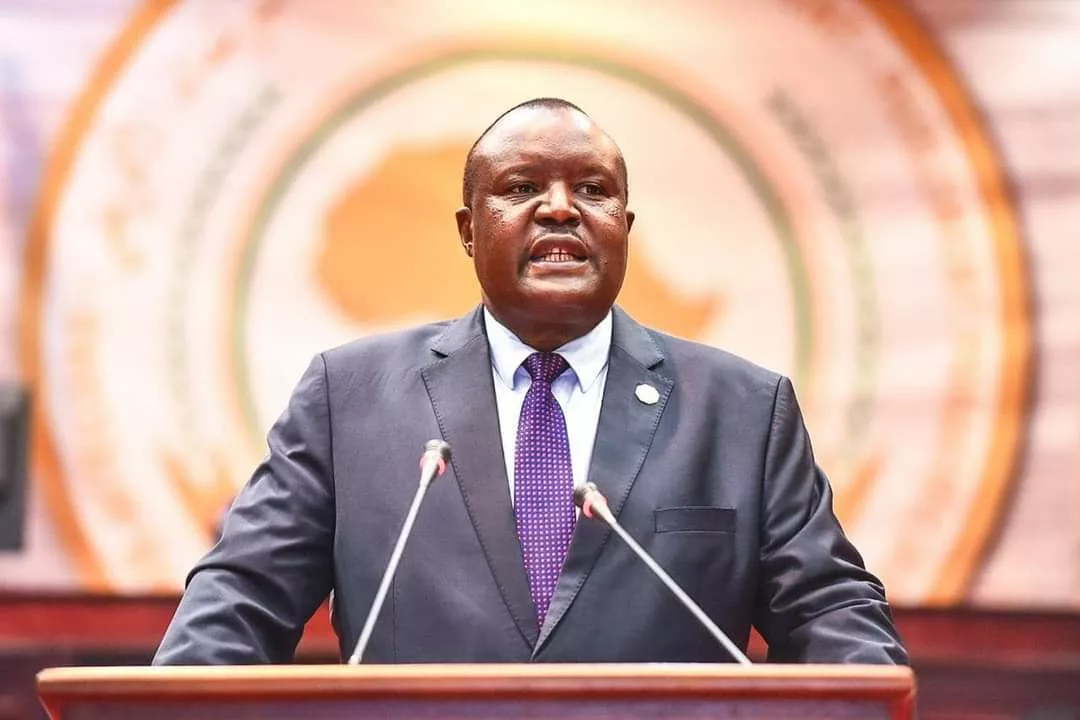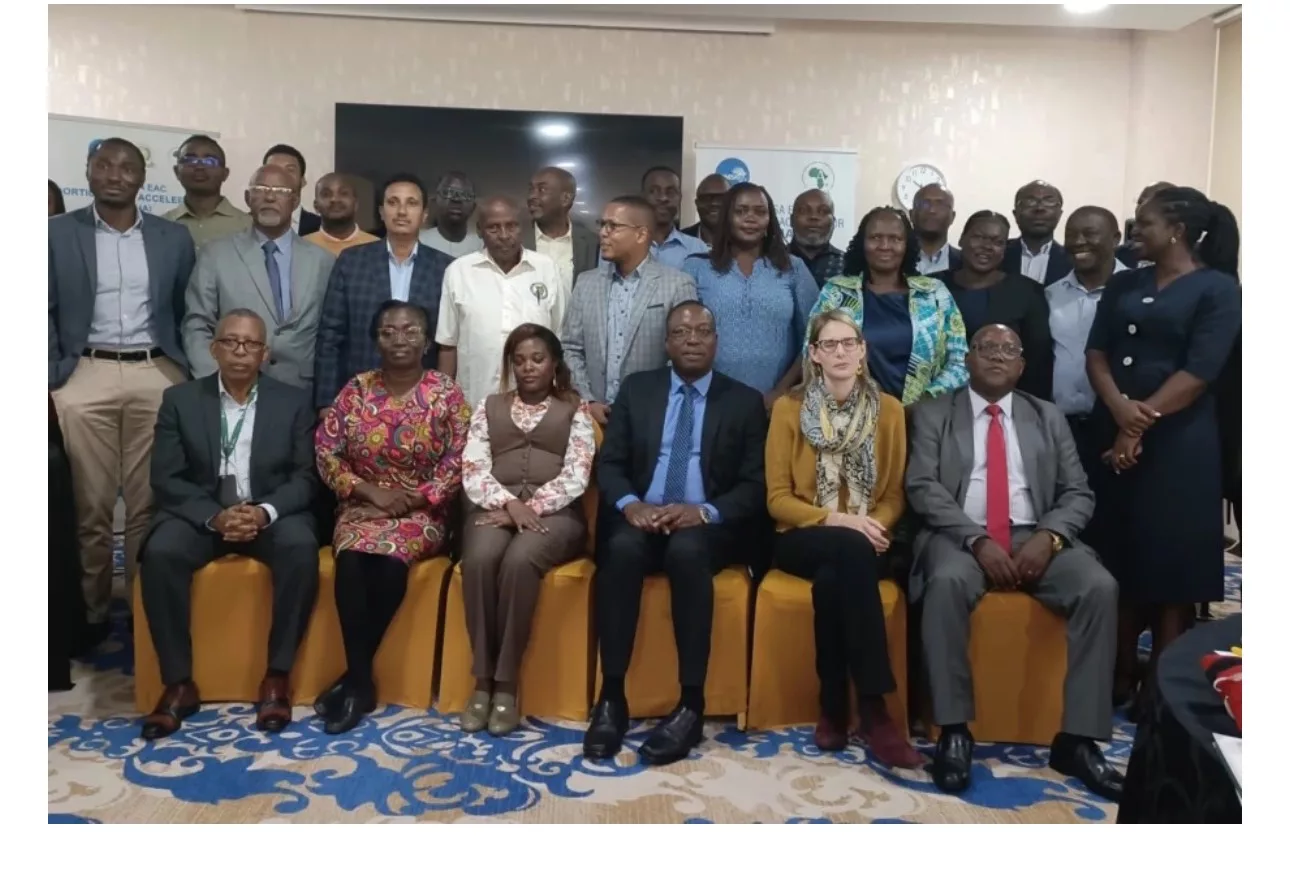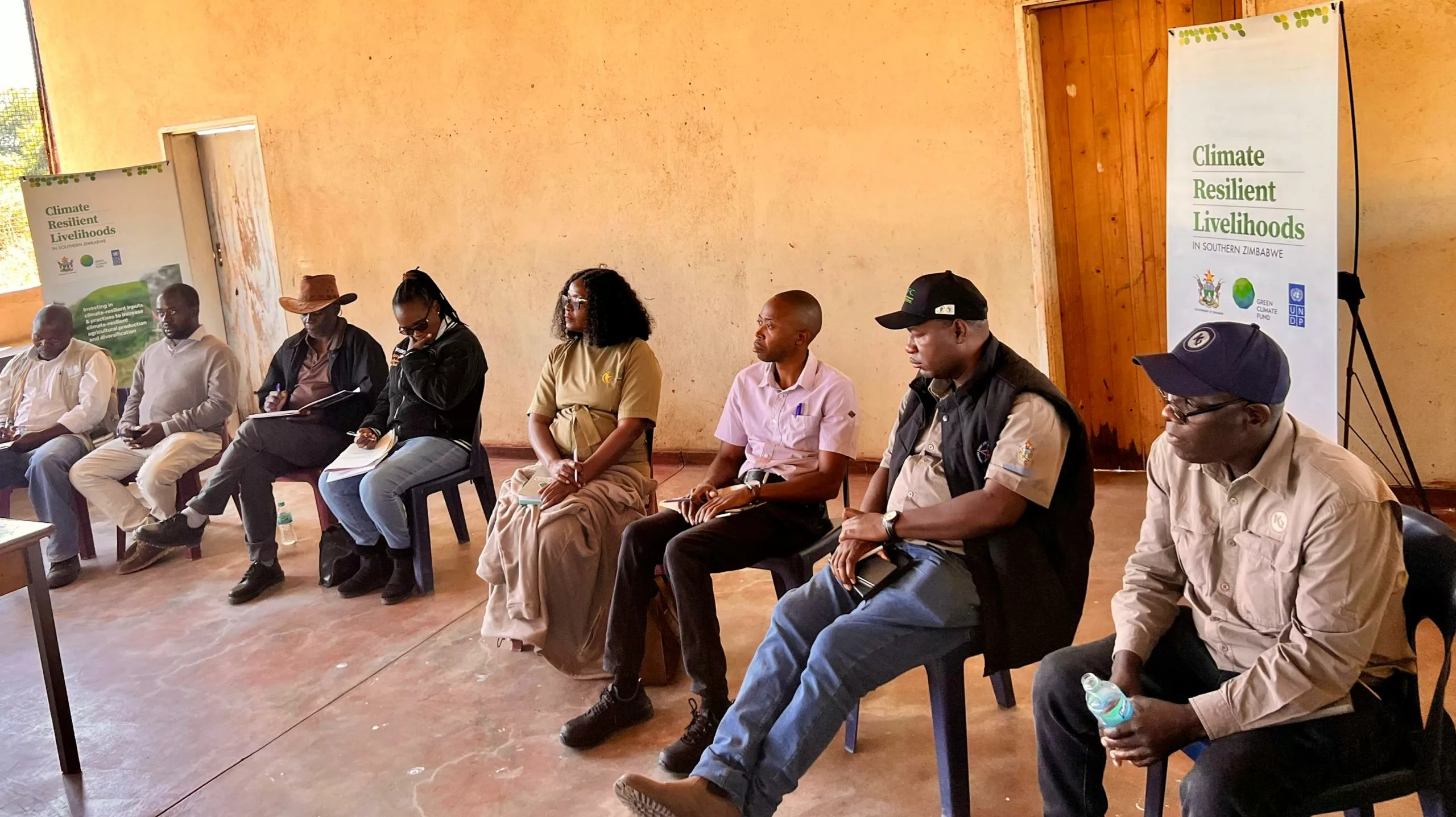|
Getting your Trinity Audio player ready...
|
Africa needs an extra USD 1.6 trillion by 2030 – USD 194 billion annually – to achieve its Sustainable Development Goals (SDGs). To attract more and better investment and fill that gap, African governments and their partners should improve information to investors, increase the capacity of African development finance institutions, and boost regional projects, according to the 2023 edition of Africa’s Development Dynamics published today.
Africa’s real GDP growth is expected to reach 3.7% in 2023, a return to pre-COVID-19 levels. In addition to these positive economic perspectives, the continent boasts unique human and natural assets to attract investors: half of the African population is 19 years old or younger, and the proportion of youth completing an upper-secondary or tertiary education could reach 34% by 2040, up from 23% in 2020. As for natural capital, which accounts for 19% of Africa’s total wealth, it offers large opportunities for investing in sustainable development: for example, African forests increased the global carbon stock by 11.6 million kilotons of CO2-equivalent net emissions from 2011 to 2020, as the Congo Basin became the world’s largest carbon sink.
Despite that potential, global crises have been affecting investment in Africa more negatively than in the rest of the world. For instance, Africa’s share of global greenfield foreign direct investment has dropped to 6% in 2020-21 (the lowest share in 17 years), while high-income countries elsewhere have recorded their highest share ever (61%), compared to 17% for developing Asia and 10% for Latin America and the Caribbean. The cost of capital in Africa has also risen above the levels in other parts of the world, pricing some African governments out of bond markets while thwarting investments in transformational sectors such as renewable energy.
And yet, the sustainable financing gap can be bridged: it is equivalent to less than 0.2% of the value of global financial assets, or 10.5% of African-held financial assets. The gap could thus be filled if just 2.3% of global financial assets were allocated to Africa by 2030 – less than the continent’s share in global GDP.
Based on a comprehensive assessment of Africa’s financing sources, the report proposes several priorities for African governments and their partners to improve investor confidence, accelerating sustainable investments on the continent. Among them:
- African national statistical institutions should supply more and better data for country risk assessments. Likewise, investment promotion agencies and regulators should provide more detailed, up-to-date information in harmonised and user-friendly formats.
- The international community should channel more resources to increase the capitalisation of the 102 African development finance institutions (DFIs), boost their capacity to act as intermediaries between international finance and local projects, especially for climate adaptation.
- African governments and regional organisations should accelerate the implementation of cross-border initiatives such as development corridors and digital infrastructure to reduce market fragmentation; provide targeted support to small and medium-sized enterprises; and actively monitor the implementation of the African Continental Free Trade Area (AfCFTA) Investment Protocol.
In addition, the report’s case studies highlight strategic areas where Africa’s five regions have the highest potential to attract investment for sustainable development: renewable energies in East and Southern Africa, monetising natural ecosystems in Central Africa, the climate financial industry in North Africa and agri-food value chains in West Africa.
Browse the report: www.au.int/afdd2023 and oe.cd/afdd-2023.
And follow discussions on social media: #AfricaDevelopment






